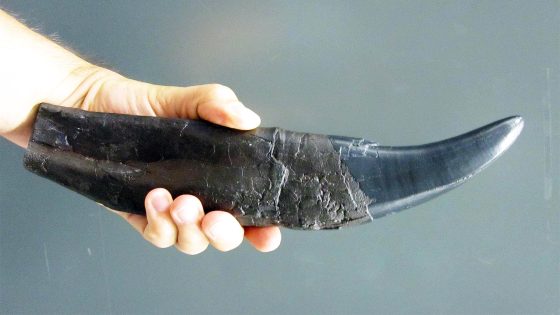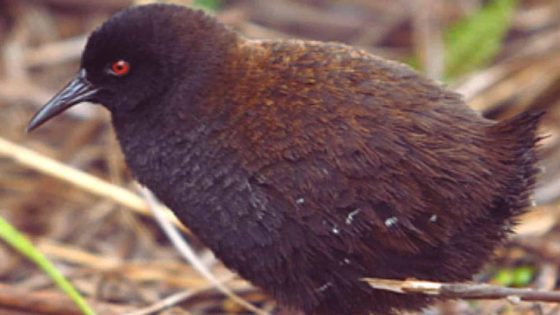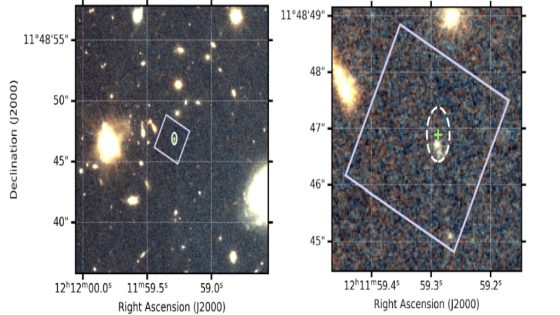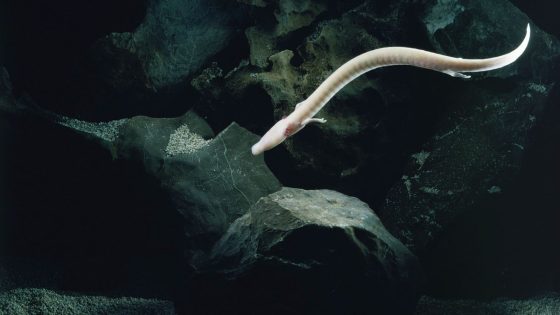Dinosaur teeth are not just tools for biting; they also hold secrets about ancient climates. Recent research reveals that these teeth can store chemical snapshots of prehistoric air, allowing scientists to reconstruct carbon dioxide levels and plant productivity during the Mesozoic Era. This groundbreaking study, published on 2025-08-12 20:08:00, was led by Dr. Dingsu Feng and his team from the University of Göttingen and other institutions.
- Dinosaur teeth store ancient atmospheric information.
- Research reveals prehistoric carbon dioxide levels.
- High CO₂ linked to increased plant productivity.
- Isotope analysis indicates volcanic gas spikes.
- Study aids understanding of climate change impacts.
- Fossil teeth may enhance future climate models.
The outer enamel of dinosaur teeth, being more durable than bone, captures oxygen isotopes from the atmosphere. This method enables researchers to analyze the triple oxygen isotope signal, providing insights into past climate conditions and plant growth rates.
This research raises important questions about how past ecosystems functioned. How did high CO₂ levels affect plant growth and animal life? The findings suggest that elevated carbon dioxide led to increased plant productivity, which in turn supported larger herbivores. Key points include:
- Late Jurassic CO₂ levels were approximately four times higher than pre-industrial levels.
- Increased plant productivity may explain the survival of giant herbivores.
- Isotope patterns indicate potential short-lived CO₂ spikes linked to volcanic activity.
As scientists continue to explore the climate implications of ancient ecosystems, the potential for dinosaur teeth to serve as climate archives opens new avenues for research. What other secrets might these fossils reveal about our planet’s history?

































